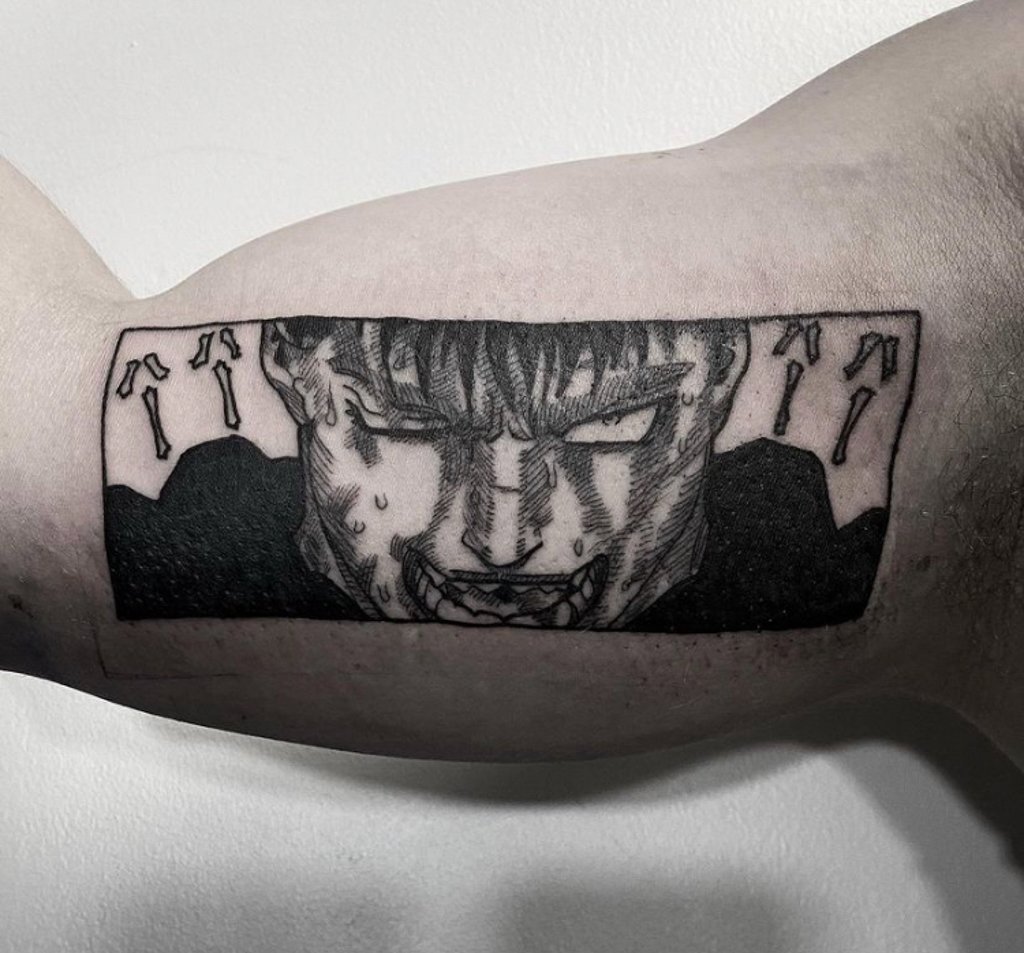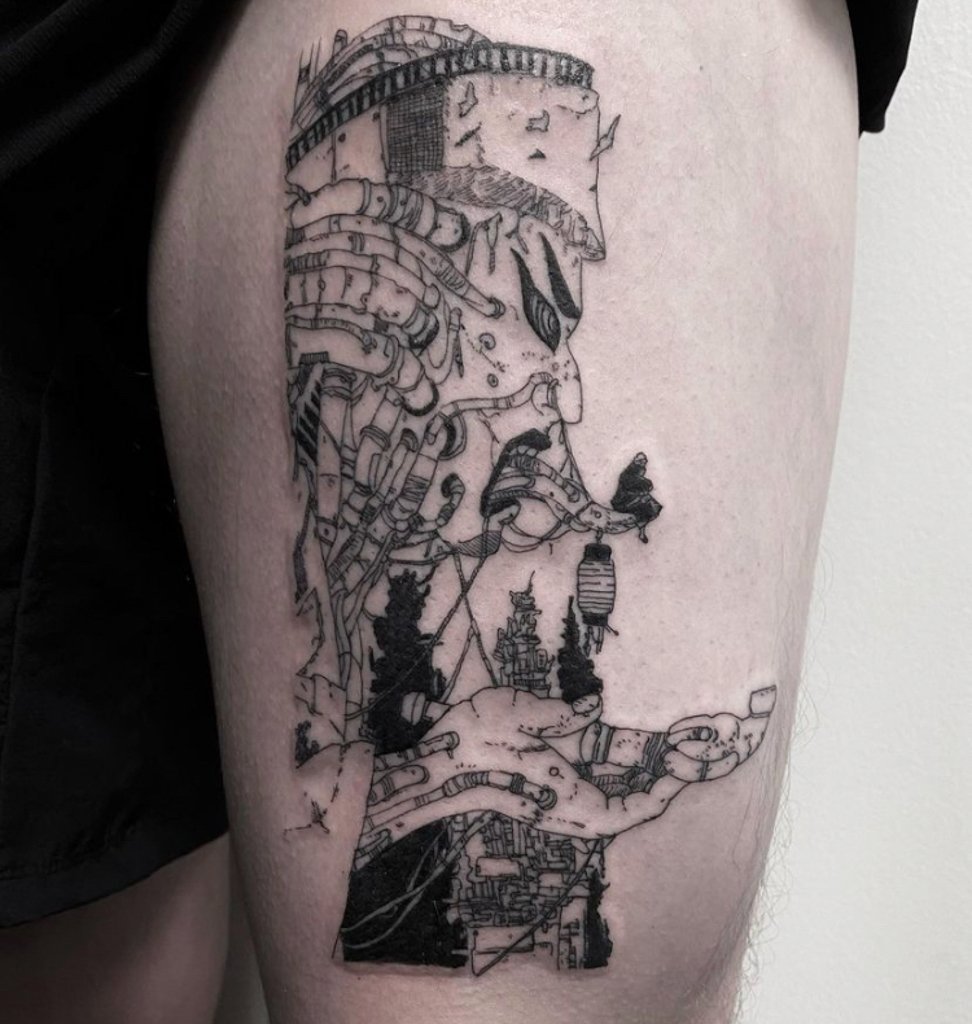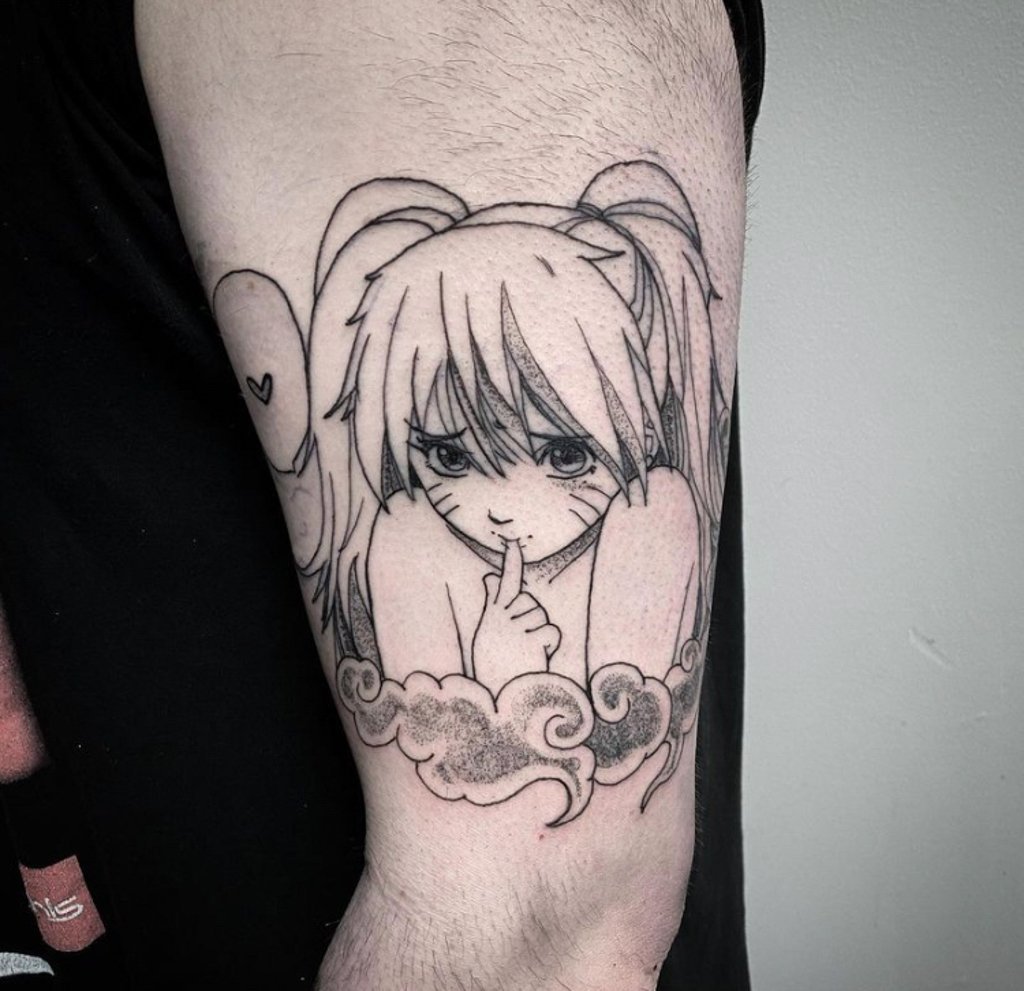The Ultimate Guide to the Top Traditional Black and Grey Tattoos
In this comprehensive guide, we'll dive deep into the fascinating world of black and grey tattoos, exploring their origins, significance, and the techniques that make them a timeless art form. From classic designs to the iconic black and grey American traditional tattoos, we've got you covered in this captivating journey through the history and artistry of these beautiful ink masterpieces.
You might be considering getting a tattoo yourself, or simply want to appreciate the creativity and skill that goes into crafting black and grey tattoos. Regardless of your reasons for being here, we're excited to share the stories behind these captivating designs and help you better understand the world of black and grey American traditional tattoos.
The Evolution of Traditional Black and Grey Tattoos
From the intricate tribal markings of various indigenous cultures, to the timeless appeal of nautical designs, the art of tattooing has greatly evolved over time. One sub-genre of tattoo art that has enjoyed immense popularity and an intriguing evolution is the black and grey traditional tattoo.
Origins and early examples of traditional black and grey tattooing
The earliest examples of traditional black and grey tattoos can be traced back to the ancient Polynesian tribes, whose skilled tattoo artists used natural pigments made from soot or charcoal to create intricate and visually striking designs. These designs often held deep cultural significance, telling stories of the individual's heritage, social status, and life experiences.
Fast forward to the 19th century, and the art of tattooing had reached American and European shores. Early black and grey designs and the black rose tattoo in Western tattooing were generally characterized by simple, bold outlines filled with heavy shading. Sailors would often mark their bodies with common nautical icons, such as anchors, ships, and mermaids, which later formed the framework for the American Traditional tattoo style.
The development of black and grey American traditional tattoos
From the early American tattoo influences, black and grey traditional tattooing steadily grew and diversified, branching out from the simple nautical motifs of the Sailor Jerry era to incorporate more intricate designs and themes. This broadened the appeal of the art style to a wider audience, drawing inspiration from folklore, religious symbols, animals, and nature.
A pivotal moment came in the 1960s and 1970s with the "Chicano" or "Black and Grey" tattoo movement, mostly influenced by Hispanic culture, which was predominantly found in Los Angeles’ prisons. Those incarcerated used a single needle and diluted ink (usually made from ashes and water), to create softer and more detailed designs, as well as beautiful portraits. This newfound fusion of American traditional and Latin American aesthetics gave birth to a whole new wave of designs, which now form the basis of modern black and grey tattooing.
How the tattoo industry has shaped and refined black and grey traditional styles
Over the years, the tattoo industry has been continuously honing and refining the art of black and grey traditional tattooing. With the introduction of advanced tattooing equipment, new techniques, and improved ink quality, these tattoos are now more detailed and lifelike than ever before. Artists are also experimenting by blending traditional black and grey styles with other forms of tattoo arts, such as realism, geometric patterns, and watercolor aesthetics.
Today, black and grey traditional tattoos are highly sought after by tattoo enthusiasts of all walks of life. Their timeless appeal lies in the intricate storytelling and symbolism, often created using a minimalist color palette. The designs remain popular not just for their aesthetics, but also for their underlying messages, which often speak to personal values, emotions, and experiences.
Iconic Traditional Black and Grey Tattoo Designs
If you're considering adding some new ink to your personal gallery, the world of black and grey American traditional tattoos offers rich symbolism and timelessly classic designs that have evolved over the years.
Classic Designs and Their Meanings
Black and grey traditional tattoos have been around for centuries, and many of the most iconic designs are steeped in meaning. Here are a few classic examples:
1. The nautical star: This five-pointed star, often surrounded by a circle, symbolizes guidance and protection for sailors as they navigate the treacherous waters of the ocean. Today, it can also represent guidance and protection in life.
2. The eagle: Majestic and powerful, the eagle is a symbol of freedom, leadership, and strength. It's a popular choice for those who want to convey their tenacity and independence.
3. The rose: For some, a rose tattoo represents love, passion, and beauty. The intricate petals of the flower symbolize layers of complexity in the wearer's life.
4. The skull: Historically seen as a symbol of mortality, a skull tattoo may serve as a reminder to live life to the fullest and push through obstacles.
Symbolism in Black and Grey American Traditional Tattoos
Going beyond classic imagery, black and grey traditional tattoos also incorporate rich symbolism through different aspects of the design:
1. Shading: The skillful use of shading can give the black and grey tattoo a sense of depth and dimension, accentuating important elements or adding an overall sense of drama.
2. Composition: The way elements are arranged in a tattoo can subtly convey meaning, too. For example, a rose intertwined with a skull may symbolize the beauty that can be found even in life's darkest moments.
3. Density: The contrast between dense areas of black and more delicate grey shading can represent the balance of extremes found in life - light and darkness, hope and despair.
How Have Traditional Black and Grey Tattoo Designs Evolved Over Time?
Like any art form, traditional black and grey tattoo design has evolved over time. Today's talented tattoo artists are paying homage to the timeless aesthetics of the past while incorporating a fresh, modern touch:
1. Highly detailed designs: Black and grey tattoo art has become more intricate and illustrative, pushing the boundaries of what's possible with fine lines and delicate shading.
2. More realism: The surge of photorealistic tattoos has bled into the world of black and grey traditional tattoos, resulting in stunning designs that feel more alive and true-to-life.
3. Creative new compositions: As tattoo culture becomes increasingly mainstream, artists are experimenting with more playful and unconventional approaches, in turn creating entirely new suites of traditional imagery.
Now that you're familiar with some iconic designs and inspired to get a tattoo, the next step is to find skilled black and grey realism tattoo artists near me. A quick search online will yield a wealth of information about the best studios and artists in your local area.
Reading reviews, checking out artists' portfolios, and seeking recommendations from friends can all help you find the perfect fit. Don't be afraid to schedule consultations to discuss your ideas and make sure that the artist understands your vision.
Techniques and Styles in Traditional Black and Grey Tattooing
Techniques and styles in traditional black and grey tattooing have been around for centuries, and remain popular among many today. This style of tattoo is marked by its use of black ink or pigment for shading, along with a limited range of colors that are used to create a more realistic appearance. In addition to the monochromatic palette employed in traditional black and grey tattoos, there are also a variety of shading techniques that artists use to create unique effects.
One such technique is stippling, which involves creating small dots with outlines around them to create an illusion of texture. This shading technique can be used to give the illusion of light being cast on a design, or used as a way to build up gradients. It is also often used to add depth to shadows and give the image a more three-dimensional look.
An additional technique commonly seen in black and grey tattoos is hatching. This involves creating parallel lines close together at different angles to each other, which can be used on their own or combined with stippling to achieve different effects. Hatching can be used for both shading as well as adding detail within areas like fur or hair on animals or people.
In terms of popular styles found within traditional black and grey tattoos, realism stands out as one of the most sought after looks due to its ability to faithfully recreate life-like images on skin. This style often uses fine lines, stippling and hatching techniques that when combined can create accurate replicas of photographs - perfect for those looking for exact replicas themselves or even famous personalities they admire - all while staying within the classic American traditional tattoo aesthetic.
Another common style seen in black and grey tattoos is neo-traditionalism; built upon the foundations laid down by classic American traditional tattoos but presented with modern twists including bolder line work and saturated color palettes. This style is often heavily influenced by illustrative pieces from books like Alice in Wonderland - perfect for those looking for something slightly offbeat with plenty of personality!
There’s also illustrative black and grey art where abstract designs are created using various methods like pointillism or geometric shapes - perfect for anyone looking for something more creative than realism! Although mastering these various techniques may take time, this type of art makes it easy for artists to express their unique vision through creative applications so no two designs will ever look alike!
Regardless of particular style choices though, American traditional tattoo black and grey remains one of the most iconic styles out there today; requiring skillful hands paired with plenty practice – an ideal combination that gives masterpieces timeless longevity!
Frequently ASKED questions
-
A: Yes, traditional tattoos can be black and grey, although they are commonly known for their bold colors. The black and grey style can be applied to traditional designs, resulting in a more subdued version of the classic imagery.
-
A: Yes, you can change a color tattoo to black and grey through a skilled tattoo artist who can use shading and black ink to cover the colored areas, creating a monochromatic appearance. However, results may vary depending on the original tattoo's design, colors, and complexity.
-
A: Yes, black and grey tattoos may experience slight fading after healing, but the degree of fading depends on factors such as skin type, ink quality, tattoo artist's skill, and aftercare practices. Proper care can minimize fading and maintain the tattoo's appearance.




